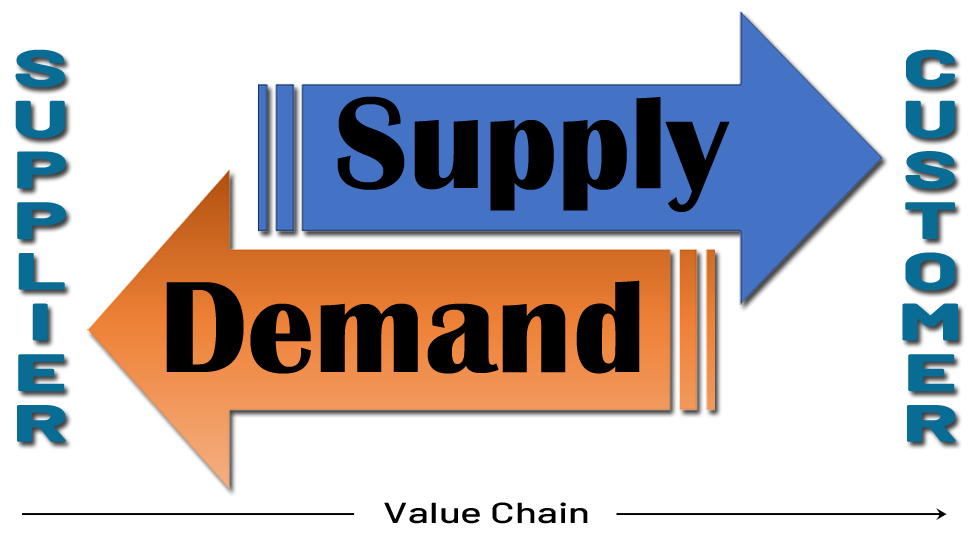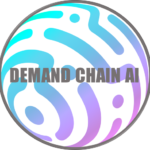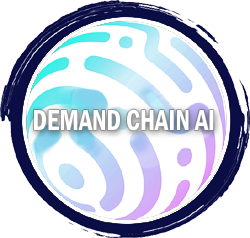















Our capabilities apply across the Demand Chain

Our People
- Experienced Professionals
- Deep Multi Functional Expertise
- Winning Mindset
- Focus on time and value

Our Technology
- PULS8 Planning Solutions Suite
- Custom AI/ML Solutions
- Custom Advanced Analytics Solutions
- Damage Track AI Solution

Our Services
- Advisory Services/Consultancy
- Forecasting as a Service
- Trade Promotion Management as a Service
- Remarketing as a Service
Supported by foundational data and analytics expertise

Supply Chain vs. Demand Chain?
The goal of Supply Chain Management is to ensure the flow is optimized and there is a constant process improvement. SCM seeks to ensure each entity in the flow cooperatively participates and benefits from the overall synchronization of the end-to-end process.
Demand Chain Management manages a matrix of relationships consisting of providers and customers. DCM manages this relationship and, when done well, provides the most economical delivery [cost] and affording the customer with the best value.
Customers purchase goods, trigger replenishment, which in turn forces a “pull” of goods to satisfy the demand. Now in contrast to demand driven planning, the traditional “push” of goods which may be based on incomplete, inaccurate, or outdated understanding of the existing supply or changes in market. This could lead to disruptions across the supply chain, increasing costs, wait times to stock and reputational damage of the companies in the chain.
The consumer has evolved over the last decade from being completely dependent on the supply chain to commanding the respect from the most significant suppliers by virtue of their ability to choose the supply chain. Today the customer is globally aware and can see the points of manufacture, social and political influences on how and where the products are being manufactured and expected delivery dates and methods.
Considering a supply chain methodology and philosophy must also consider the customer and their fundamental influences across the supply chain.
In the most basic model, there are only four roles that support the supply chain (production, distribution, retail, customer). There are other considerations that must be mentioned, which are the service provider and the extended form including the supplier’s supplier and the final customer which are at the extreme edges of the chain.
Building a resilient supply chain means modeling, managing and controlling the various aspects of the chain to ensure flow and limit disruption. Not understanding the factors that impact any point will have disruptive implications over the entire chain.
Given the past few years of COVID, social and political impacts - you may want to ask that question a little differently: “… my SCM seems to be working normally, what am I missing?” Using SCM doesn’t necessarily immunize against the disruptive influences like global pandemics, natural disasters or cyberattacks, among the myriad of other disruptors.
There are many strategies to protect your SCM, but by far having a reliable team to ensure SCM transparency and visibility to SCM vulnerabilities is imperative.
Analytics & Reporting
Power BI
Customer Relationship Management
Customer Allocation Tool
Available to Promise
Brands that Trust Us




















